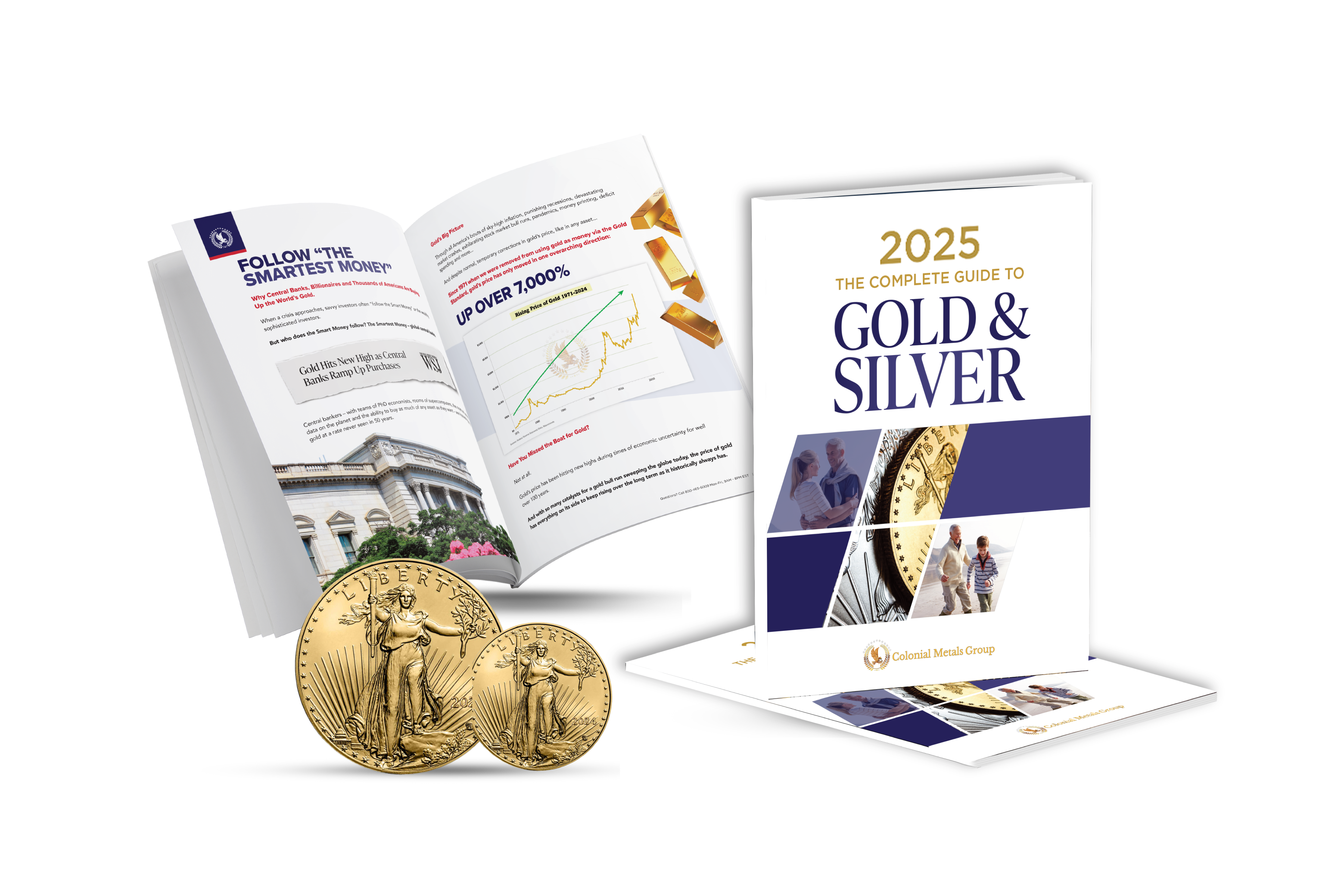
While recession warnings still flood America’s news headlines, new poling shows Americans are a lot more concerned now about tariff-induced inflation rising.
The combination of a recession and high inflation is a troublesome situation the nation hasn’t faced since the 1970s:
Stagflation.
It’s a toxic mix of high inflation, high unemployment, and stagnant economic growth—a combination of high inflation and recession.
We already have inflation, and many experts believe a deep recession may sweep the country, so the rising possibility of stagflation has investors, advisors, and analysts on high alert.
Fortune says, “Stagflation … could return in the US, and experts say if it takes hold, it may be relentlessly persistent.”

The signs are already here, reports Forbes:

And CNBC says the Fed is on high alert:

It’s the Fed‘s worst nightmare come true.
Nouriel Roubini, the top economist who predicted the 2008 global crisis, agrees and says the Fed and global central banks face a “lose-lose” situation.
If they try to fix one part of this economic conundrum—say, raise interest rates to fight inflation—their actions could inflame other parts of the problem, like slowing economic growth and potentially spurring more unemployment.
But “if the Fed chooses to stimulate growth with rate cuts,” warns Rockefeller International Chair Ruchir Sharma, “it would harm its reputation as a bulwark against inflation.”
Now, compound it all with the government’s massive, unsustainable debt problem, now at 36 trillion and growing… and many experts are starting to believe the nation’s financial situation may have reached the tipping point.
Some folks are quick to point out how inflation has dropped, which means we might avoid stagflation.
And yes, that’s true, inflation is lower than it was two years ago.
But Reuters says “there’s been little progress on inflation since mid-2024,” and St. Louis Fed President Alberto Musalem adds there is a “distinct possibility” that inflation reaccelerates in response to new policies.
Fed Chair Jerome Powell sums it up: “A rise in inflation, a slowdown in economic growth, and an increase in unemployment” is likely.
So, what can the government do?
Mark Zandi, chief economist at Moody’s Analytics, believes America’s economic future hinges upon the federal government’s response to the situation because its current policies are likely to both raise inflation and slow economic growth.
They are stuck between “a rock and a hard place,” and it would be an impressive balancing act if they can steer the US through the mounting troubles unscarred.
The problem may be growing fast…
Forbes says that “if history is any guide, the ripple effects could be swift and sweeping.” They added that the US is facing a looming US debt downgrade (since Forbes wrote their article, Moody’s has downgraded the government’s credit rating), foreign investors have low confidence in the US economy already, and the Fed needs to refinance over $7 trillion of debt…
What kind of effects?
Forbes says that if these factors happen in tandem, “things could get bad [and] the US could actually default on its debt. Markets and S&P will swoon, the 50% drop we saw during the 2008–2009 period will look small in comparison.”
So, you can either wait for the Fed to figure things out, or you can…
Take action and seek financial peace of mind.
I believe it’s far more prudent to take active control over our own financial futures and avoid the potential risks of waiting for the government to figure out how to solve the problem.
Which is why I say it is so important to own gold.
Because putting a portion of your wealth into gold diversifies your savings from complete dependency on the US dollar and the Fed’s actions. Additionally, gold has historically performed very well during periods of stagflation.
In fact, according to Advisorperspecives.com, “gold outperforms other asset classes during times of economic stagnation and higher prices.” And “Gold returned 32.2% during stagflation compared to 9.6% for US Treasury bonds and negative 11.6% return for equities.”
So, keep your eyes on gold’s price if you are a gold owner.
And if you don’t already own gold, it may be time to speak to a Colonial Metals Gold Specialist about your options.
Please don’t hesitate to reach out to us with any questions you may have.
May you be safe and well during these uncertain times.
Todd Sawyer, Director of Client Education
Colonial Metals Group





